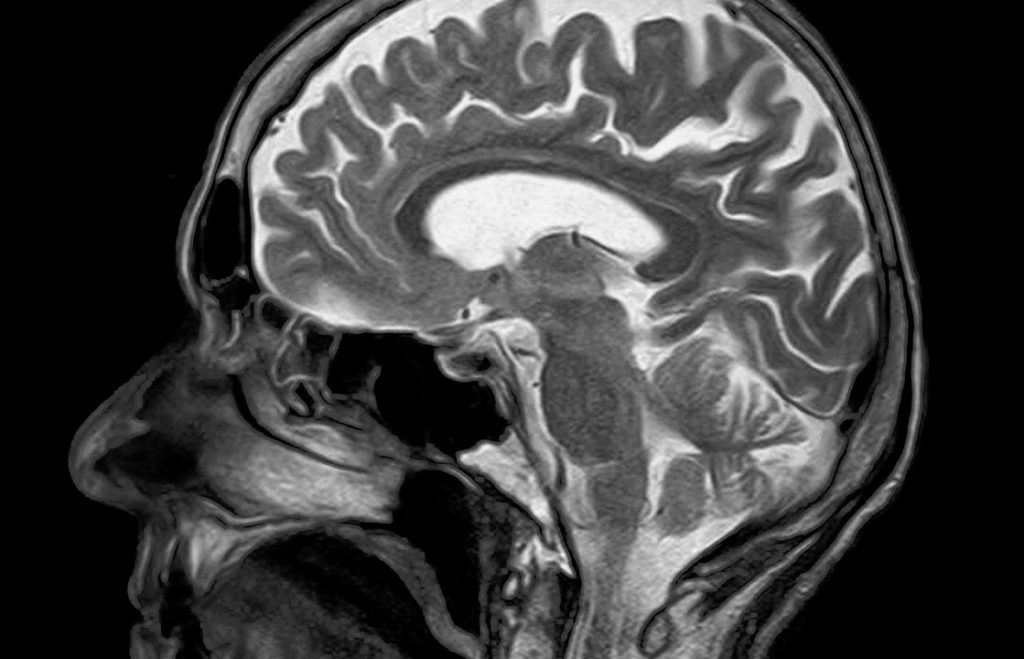- Your cart is empty
- Continue Shopping

Neuromarketing and Apparel Industry
“Neuromarketing” loosely refers to the measurement of physiological and neural signals to gain insight into customers’ motivations, preferences, and decisions, which can help inform creative advertising, product development, pricing, and other marketing areas.
A marketing field that puts into the study all the sensory-motor response, cognitive and emotional factors that influence consumers’ buying behavior by different brands, products, or advertisements. This phenomenon explores what makes an ad effective enough to be remembered for a longer period and what sources affect the brain.
Every Human being sees on average, 3,000 advertisements each day. We look around us in our environment and realize that Ads are placed everywhere – on the Internet, social networking, promotional posters, television, radio, etc. Our brain selects a few from the lot that will be remembered more than the others and thus first impressions on any products are created very fast, in less than 300 milliseconds.
Science Behind Neuro Marketing
| fMRI (functional magnetic resonance imaging) | EEG (electro-encephalogram) | Eye tracking: gaze | Eye tracking: pupilometry | Biometrics | Facial Coding | |
| Functions | detects blood flow in the brain associated with increased neural activity | records electrical signals on the scalp from neurons inside the brain | detects exactly where subjects direct their gaze | measures whether subjects’ pupils are dilated | measures skin conductance, heart rate, and respiration | Identify facial expression |
| Uses | 1. Set Pricing 2. Improve Branding | 1. Improve Ads and Branding | 1. Improve Website design, ads, and packing | 1. Improve Website design, ads, packing | 1. Improve ad Content | 1. Improve ad Content |
Fashion Industry and Neuromarketing :
Fashion has seen a great deal of evolution and every fashion brand, be it a local boutique or a conglomerate, has always been in the race to attract consumers and provide a memorable shopping experience. It has been the largest employer across the world and is a billion-dollar industry, thriving at its peak at all times. While talking about which color do they associate fashion with, there was a huge response towards the color ‘Black’.we have found that Black is a color that people resonate with in terms of confidence, reliance and maturity wherein according to a study, women tend to prefer black because the color helps them be ‘more than they appear’.
Amongst other factors that are important while purchasing, availability of product choices stood out with a majority, where 55% of all, were also backed by the availability of price range. It does seem that consumers preferably buy from brands that provide them variety and are budget friendly at the same time, as both factors go hand in hand.
According to the Grazia Magazine, our fashion tastes originate from an intuitive spot, so it’s obvious that our parents, or the individuals we grew up with, influence our decisions similarly as they influence our peculiarities, conduct, and character. In addition, we float towards the garments that initially caused us to feel incredible, sheltered and secure.
web presence plays a very important role in understanding how consumers perceive a brand and how can they use neuro-marketing to attract their clientele. For our analysis, we showed the interface of four fashion companies to our respondents from Women’s Day and asked them to choose the one that appealed to them the most. A whopping 40% of the total population chose Levi’s which was a surprise considering the simplistic website design only displayed models wearing different kinds of jeans whilst the entire page was coloured in red, the standard Levi’s trademarked color. 25% chose Zara’s website design which barely displayed any products and was primarily green in colour as they had used nature as their theme for Women’s Day. The remaining population chose Allen Solly and Van Heusen’s website which in spite of being very vibrant did not catch their eye. This goes on to show that monochromatic website designs are more appealing to the mind and goes in hand with the belief that an individual gravitates more towards soothing designs and does not need to be barraged with a lot of color.
Example of Neuromarketing
1)Eye Tracking and Eye Gaze
2)Effective Packaging
3)Color Psychology
4)Ad Efficiency
Advantage of Neuromarketing
1. Reduces Customer Decision Fatigue
With neuromarketing, the average individual may experience relief from pace-of-life side effects such as decision fatigue. An American Psychological Association survey of 3,035 people conducted in 2021 found that nearly one-third of adults — with the 48-percent majority made up of Millennials — struggle with executing basic decisions. With that considered, we make 200 decisions per day about food alone. Having systems predict what customers would already like to eat, wear or watch based on their brain’s reactions can alleviate stress and save time in the process.
2. Improves User Segmentation
Neuromarketing may improve segmentation and targeting for users, as consumers tend to be categorized by brain activity versus demographics. Using this form of segmentation can link physiological reactions to specific content or products, which could improve the reliability of marketing campaign results. This accuracy in personalization can also result in a greater value of money and time spent for both parties, whether in a focus group room or the local mall.

Disadvantage of Neuromarketing
1)Neuromarketing research is expensive and requires specialized equipment and expertise.
2)Invasion of privacy
3)Response bias
